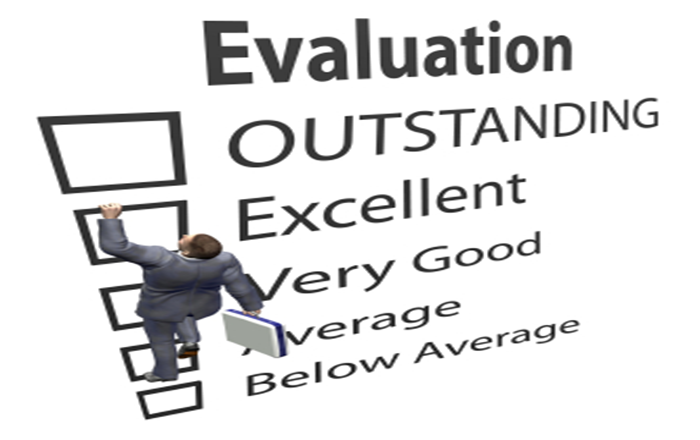Guidelines for Writing Assessment Questions for E-learning Courses

A ny eLearning course contains assessments as well as the check your understanding (CYU) questions.
A CYU is presented soon after the completion of each topic to check the learner’s understanding of the topic. An assessment or final quiz is present at the end of a course, to test the learner’s understanding of all the topics covered in course, and the score is tracked and stored in the Learning Management System (LMS).
4 Components of an Assessment or a CYU
Any assessment or CYU have the four components:
- Directions/ Instructions
- Question Stem
- Options
- Feedback
Types of Assessments or CYUs
Some of the most common types of assessments or CYU that are used in eLearning courses are:
- Single Select
- Multiple Select
- True or False
- Drag and Drop
- Fill in the Blank
- Hotspot
- Sequencing
Guidelines for Creating CYUs
1. The number of questions in the CYU question-list needs to be based on the content covered in a particular learning unit.
2. The feedback needs to focus on these 3 aspects.
- Informing the learners whether the option selected by them is correct or incorrect
- Providing explanatory feedback. If the learner’s selection is right, give explanatory feedback telling him why the option is correct. If the learner’s selection is wrong give reasons why the option selected by him is incorrect.
- Provide directions on how to proceed after the answering the question.
3. Give only one chance to answer a CYU question. If you provide two chances to answer a questions and if the learner goes wrong in the first attempt, then make sure that you provide only a hint to the right answer. You can provide a comprehensive explantion after the second try.
Guidelines for Creating Assessment
1. Write a set of questions for each learning objective.
2. Inform the learners that they have completed the course content, when they finish the course.
3. Give introduction to the assessments that tells the learner about the evaluation process of the questions.
4. In some cases, we can provide immediate feedback (the feedback will just tell the learner whether their selection was correct or incorrect) OR consolidated feedback (provide links to the respective topic wherein they have to review that topic again).
Guidelines that are Applicable for both CYUs and Assessments
1. Avoid negative connotation in the question stem.
- Which of the following is not a resource for Non- renewable energy? (Incorrect)
- Which of the following is a resource for Non- renewable energy? (Correct)
2. Avoid complicated wordsin a scenario-based question because the idea is to test the learner’s ability to apply the learning rather than testing their reading comprehension.
3. Avoid using Always and Never in the question stem.
4. State only one main idea in True or False questions.
5. Use distracters that are relevant and contextual to the content.
6. Avoid using the correct options that are very obvious to identify.
7. Use positive connotation for the options.
8. Avoid using “None of the Above” and “All of the Above” as distracters.
9. Maintain parallelism for the options.
10. Use a variety of question types.
11. Ensure that all the options are not correct for multiple select questions.
12. Ensure the numbers of options are four except for True or False questions.
Assessments and CYU questions are an essential part of any eLearning course. they reinforce learning and also make the learner to think.



![6 Questions E-learning Vendors Will Ask Before Development [Infographic]](https://blog.commlabindia.com/hubfs/Imported_Blog_Media/elearning-vendor-questions-infographic-2.jpg)

